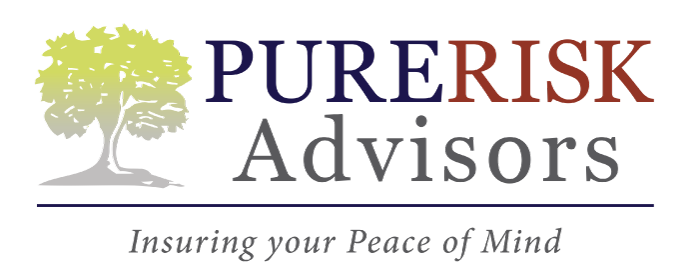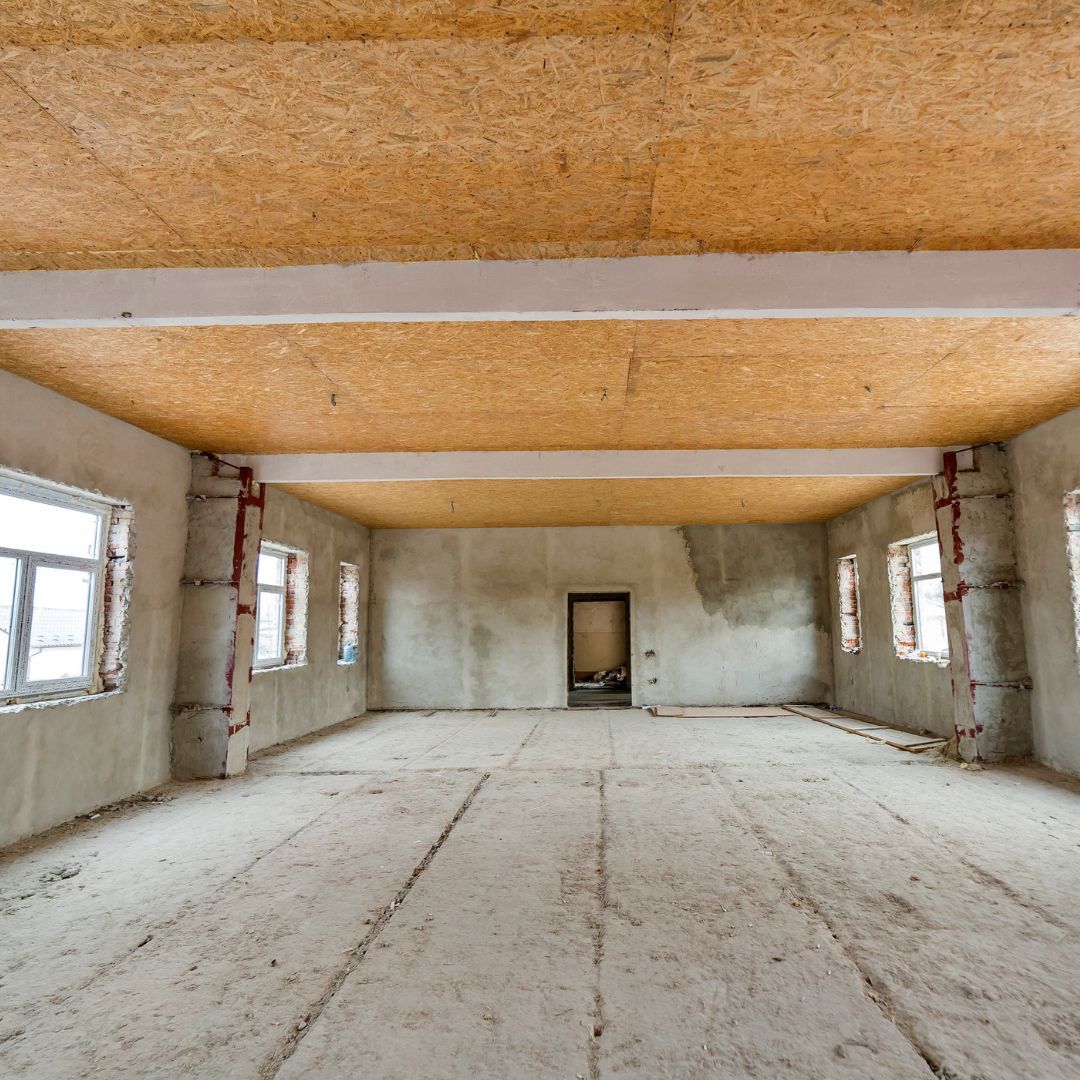Common Exclusions in Multi-Unit Habitational Insurance Policies
See How We're Different
or call us: 303-834-1001
In every multi-unit habitational policy, exclusions function like invisible guardrails. They keep premiums affordable and focus the insurer’s promise, yet they also leave certain catastrophes and cost overruns squarely on the shoulders of owners, boards, and property managers. Because losses at apartment complexes, condominiums, student housing, or seniors’ residences can easily run into seven figures, a clear understanding of what is not covered matters as much as what is.
The Vital Role of Exclusions in Property Coverage
From an underwriter’s perspective, exclusions carve out the risks that remain either unquantifiable or simply too volatile to pool with standard property perils. The Insurance Information Institute estimates that catastrophe-related losses have quadrupled since the early 1990s, a trend that forces carriers to narrow the scope of automatic protection. Exclusions limit that volatility and allocate high-severity threats to specialized markets such as flood or earthquake programs, excess layers, or government backstops.
For property investors and community associations, the stakes are equally high. ApartmentList reports that nearly half of all U.S. renters now share walls with neighbors, meaning a kitchen fire, pipe burst, or storm loss rarely ends at the unit of origin. Unanticipated exclusion language can delay reconstruction for months, trigger costly assessments, and spur litigation between owners, tenants, and carriers. Mastering the fine print therefore becomes a frontline risk-management activity rather than a paperwork chore.
Baseline Exclusions Found in Most Policies
Although policy forms vary by insurer and by state, a surprisingly consistent core of exclusions appears in almost every multi-family property policy issued in North America. The language often mirrors the Insurance Services Office (ISO) CP 10 30 “Causes of Loss – Special Form,” tweaked by endorsements and subject to jurisdictional nuances. Each of the following exclusions can derail an otherwise straightforward claim.
Earth Movement and Seismic Activity
Standard property policies bar coverage for earthquakes, landslides, mine subsidence, and even soil settling. In California, a 2021 Department of Insurance survey found that fewer than 15% of apartment buildings carry a dedicated earthquake endorsement, despite modeling that predicts a greater than 60% likelihood of a magnitude-6.7 quake striking the Bay Area before 2040. Owners often misunderstand the breadth of the exclusion, believing it applies only to dramatic events. In fact, even gradual earth sinking that cracks foundations is routinely denied unless purchased back.
Carriers exclude earth movement because loss severity can be catastrophic and geographically concentrated. A single quake can generate tens of thousands of claims, overwhelming reserves. Specialty markets respond with high deductibles—often 5% to 15% of building values—and strict underwriting requirements such as bolting, cripple-wall bracing, and retrofitted gas shut-off valves.
Flood and Surface Water
FEMA defines flood as a temporary condition of partial or complete inundation of normally dry land, affecting at least two acres or two properties. That definition is echoed in exclusionary wording, meaning sudden rainwater pooling in a parking lot can qualify as flood even if no river overflows. According to the National Flood Insurance Program, just one inch of water in a 10-unit building can cause roughly $25,000 in damage per unit when drywall, cabinets, and baseboards are replaced.
Because flood frequency is rising—2023 set a record with 28 separate billion-dollar flood events in the United States—carriers have tightened sublimits and imposed waiting periods for mid-term buybacks. Coastal properties may face mandatory elevation certificates, while inland complexes near aging stormwater systems confront rising premiums despite never having flooded before.
Wear, Tear, and Deterioration
The wear-and-tear exclusion seems straightforward but frequently surprises claimants. Roof leaks blamed on 15-year-old shingles, corroded pipe pinhole leaks, or stucco spalling on balconies are typically categorized as maintenance issues. In 2022, one Midwestern carrier reported that 28% of submitted water claims were denied under this exclusion because the originating pipe rusted through over time rather than bursting suddenly.
Some policies introduce “resulting damage” carve-backs: while the worn pipe itself stays excluded, sudden water discharge might be covered if it qualifies as an ensuing peril. Reading for these carve-backs and documenting the loss chronology can make a six-figure difference in settlement outcomes.
Intentional Damage or Dishonesty
If an angry tenant destroys drywall or a bookkeeper embezzles rent payments, the base property policy typically provides no relief. Vandalism by occupants and employee dishonesty fall under separate crime or fidelity programs. Claims adjusters scrutinize surveillance footage, police reports, and lease agreements to rule out intentional damage. In large student-housing portfolios, where turnover is high and pranks escalate, this exclusion routinely triggers out-of-pocket repairs each semester.
Carriers argue that intentional acts are uninsurable because they lack the randomness required for risk pooling. Building owners mitigate exposure by requiring tenant renters’ insurance, screening employees, and installing access-controlled common areas. Crime/employee dishonesty bonds can be added, though carriers often cap limits at $1 million, well below what an extensive fraud scheme might siphon.
Ordinance or Law Upgrades
Even when a peril like fire is covered, the cost to demolish undamaged portions and bring the entire structure up to current code is excluded unless specific ordinance or law coverage is endorsed. The problem surfaces most acutely in properties built before 1990, when energy and accessibility codes tightened nationwide. A 2020 loss study by Marsh found that code-mandated upgrades inflated average fire losses by 37% in buildings older than 30 years.
Owners can purchase three distinct coverages: Coverage A for undamaged demolition, Coverage B for debris removal, and Coverage C for increased cost of construction. Many boards mistakenly carry only Coverage C, leaving a funding gap for demolition. Reviewing local building-department policies on “50% rule” triggers protects against open-ended upgrade expenses.
Pollution and Contamination
Most habitational policies exclude cleanup of asbestos, mold, bacteria, or chemical spills unless caused by a specified peril. After Hurricane Ian in 2022, numerous condominium associations in southwest Florida faced uncovered mold remediation bills totaling more than $100,000 per building because water intrusion lasted longer than the policy’s 72-hour “mold window.”
Pollution exclusions are rooted in the historic Superfund era, when environmental liabilities bankrupted multiple carriers. Today, environmental impairment or site-specific pollution policies can fill the gap, but deductibles often start at $25,000 and underwriting demands detailed environmental assessments.
Vacancy and Unoccupancy
Insurance Services Office forms define a building as “vacant” when less than 31% is occupied for more than 60 consecutive days. Once vacancy attaches, coverage for vandalism, sprinkler leakage, glass breakage, water damage, and theft evaporates. Pandemic-era eviction moratoriums forced some landlords to delay re-renting units, inadvertently breaching vacancy clauses. The Insurance Information Institute notes a 33% spike in vacancy-related denials during 2020–2021.
Endorsements can modify vacancy definitions or extend the 60-day window, but carriers usually require security patrols, fire protection maintenance, and utilities to remain operational. Borrowers with CMBS loans should confirm that lender requirements align with any vacancy endorsements, or risk breaching loan covenants as well.
Newer Exclusions Shaping the Market
The past five years introduced a wave of exclusions reacting to fast-moving social, epidemiological, and technological shifts. These clauses rarely appeared in property forms before 2018, yet they now exert enormous influence on claim outcomes and capital-planning models.Communicable Disease and Pandemic Clauses
In the wake of COVID-19, nearly every commercial property carrier incorporated communicable-disease exclusions. Courts in multiple states ruled that virus particles did not constitute “direct physical loss,” emboldening insurers to clarify wording further. The Insurance Services Office released CP 01 80 07 20, removing coverage for not only remediation costs but also revenue losses tied to disease outbreaks.
Multi-unit owners face new challenges: cleaning, quarantine housing, and even public-relations costs now fall outside the policy. Some specialty underwriters have offered buy-back limits of $100,000 to $250,000 for decontamination expenses, but premiums remain high and often require installation of air-purification systems verified by third-party engineers.
Cyber-Related Losses to Building Systems
The modern apartment tower bristles with IoT-based HVAC controls, access-control fobs, and energy-management dashboards. In 2021, a ransomware attack locked residents out of 1,200 smart thermostats across a Texas portfolio, forcing management to deploy temporary window units. The physical damage was negligible, but extra expense soared to $400,000. Traditional property forms excluded the claim under the electronic data and cyber exclusion, leaving the owner to lean on a separate cyber policy with a $25,000 retention.
Carriers justify the exclusion by noting that cyber threats evolve faster than actuarial tables can adapt. Designers can mitigate the gap by segmenting networks, maintaining manual overrides, and purchasing cyber coverage that explicitly includes “tangible property resulting from a cyber event”—wording still absent in many off-the-shelf cyber forms.
Civil Unrest and Terrorism Sublimits
Riots following high-profile social-justice events in 2020 caused more than $2 billion in insured losses, according to Verisk Property Claim Services. In response, property carriers began ratcheting down riot and civil-commotion limits, particularly in urban ZIP codes. Some policies now impose separate deductibles or cap coverage at 50% of building value for civil unrest losses.
The Terrorism Risk Insurance Program Reauthorization Act (TRIPRA) continues to backstop certified acts of terrorism, but civil unrest rarely meets the “certified” criteria. Owners near protest-prone downtown corridors must therefore evaluate riot endorsements, reinforce storefront glazing, and engage security consultants during high-tension events to avoid uninsured repairs.
Real-World Claims That Fell Through the Cracks
Consider a 24-unit garden complex in Georgia struck by tornado-spawned flooding. The retention pond overflowed, damaging ground-floor units. Because the property sat outside FEMA’s 100-year flood zone, ownership declined NFIP coverage. The primary carrier denied the $850,000 claim under the flood exclusion, and the complex operated at 60% occupancy for nine months while litigation dragged on—a cautionary tale about relying solely on flood-zone maps.
Another example involves a 1970s high-rise in Chicago where an electrical fire triggered a city-mandated upgrade to sprinklers on every floor. The blaze itself caused $400,000 in damage, which the carrier paid. However, the sprinkler retrofit cost another $1.2 million, largely excluded under ordinance or law. Special assessments averaged $35,000 per owner, sparking a board recall and multiple unit sales at distressed pricing. Both cases underline the importance of anticipating exclusion-related shortfalls long before a loss occurs.
Navigating Exclusions Through Endorsements and Risk Management
Exclusions are not immovable objects; they can often be narrowed, bought back, or offset through operational controls and layered insurance programs. Successful properties do not necessarily spend the most premium dollars; they spend them in the right places, informed by actuarial insight and site-specific data.
A 2022 survey by the National Multifamily Housing Council revealed that properties engaging an insurance broker with habitational specialization saved an average of 18% on total cost of risk compared with those buying coverage directly or using generalist brokers. The difference owed less to headline premiums and more to alignment between exclusions, deductibles, and realistic loss-expectancy modeling.
Negotiating Manuscript Endorsements
Larger portfolios can leverage scale to secure manuscript language. A Pacific Northwest owner of 40 mid-rise buildings negotiated a “critical equipment endorsement” that restored coverage for mechanical breakdown in elevators and boilers up to $500,000, shaving approximately $230,000 in projected self-funded repairs over five years.
When requesting such endorsements, underwriters respond favorably to robust loss-control reports, maintenance logs, and third-party engineering certifications. Demonstrating proactive stewardship reassures carriers that the broadened coverage will not open the floodgates to predictable losses.
Layering Coverage Across Multiple Policies
Where buy-backs prove cost-prohibitive, layering protection can fill the gap. A Gulf Coast condominium association paired its primary wind/hail policy with a parametric hurricane product triggered by local wind-speed thresholds. The parametric payout provided immediate liquidity for deductibles and excluded losses such as landscaping and debris removal, halving the time needed to reopen amenities.
Owners should model concurrency between layers to avoid “other insurance” disputes. Clear excess-of-loss wording and pre-agreed adjuster protocols minimize friction after a disaster, when decision-making speed directly affects resident satisfaction and reputation risk.
Loss Control and Preventive Maintenance
While no policy modification can fully erase exclusions, disciplined maintenance reduces the number of losses that crash into them. Infrared thermography catches electrical hotspots before they ignite, and bi-annual roof inspections extend membrane life well beyond rated service intervals. Zurich’s 2023 Inside Risk report indicates that properties adhering to a formalized preventive-maintenance schedule experience 40% fewer exclusion-triggered losses than those without one.
Resident engagement amplifies results. Encouraging tenants to report minor leaks or cracked sealant early can convert a looming vacancy-driven water claim into a minor patch job. Digital resident portals and 24-hour maintenance hotlines pay for themselves many times over when they prevent a slow leak from evolving into a fully excluded mold colony.
Regulatory Landscape and Evolving Standards
State insurance commissioners continuously review language that could be deemed ambiguous or unfairly discriminatory. Florida’s Office of Insurance Regulation, for example, now requires prominent flood-exclusion disclosures on residential policies, while California scrutinizes cyber exclusions that encroach on covered fire losses. At the federal level, the National Flood Insurance Program’s Risk Rating 2.0 methodology has upended traditional flood-zone assumptions, influencing lender escrow requirements and, by extension, vacancy and ordinance exposures.
Market pressures also come from rating agencies. AM Best began factoring climate-stress testing into carrier financial ratings in 2022. Insurers unable to justify accumulation management may face downgrades, leading to retraction from certain ZIP codes or higher deductibles. Property owners must watch these macro signals; a carrier downgrade can violate loan covenants and force mid-term policy replacements that arrive with even broader exclusions.
Key Takeaways for Property Owners and Managers
Exclusions do not spell doom for multi-unit habitational portfolios, but they demand vigilance. Reading beyond the declarations page, validating coverage with scenario testing, and structuring layered or manuscript solutions turn potential coverage cliffs into manageable self-insured retentions. Every dollar spent understanding exclusions saves multiples when disaster strikes.
Finally, a culture of transparency—between boards, investors, residents, and insurance partners—ensures that surprises are minimized. Clear communication about what is and is not covered, paired with disciplined
preventive maintenance, positions a property to survive both everyday mishaps and the once-in-a-century events that exclusions were designed to address. When exclusions are anticipated rather than discovered, resilience becomes not just possible but probable.













